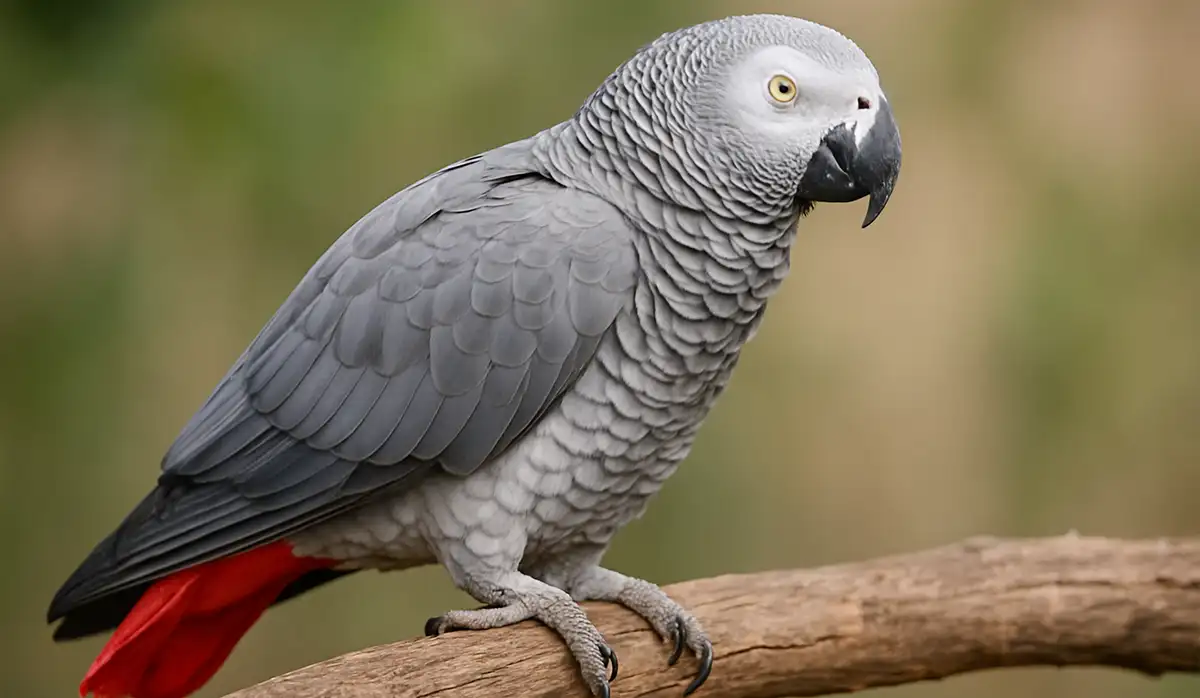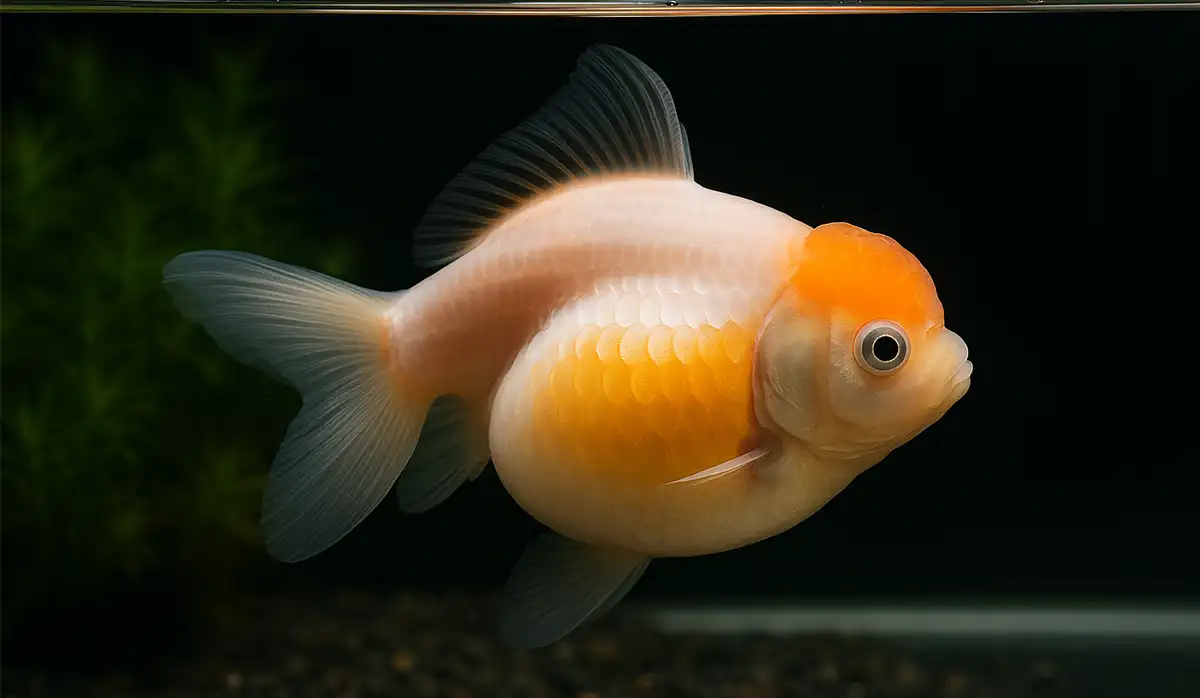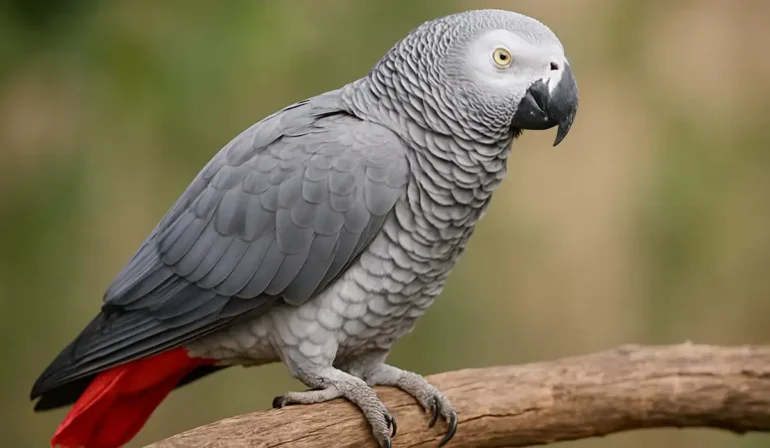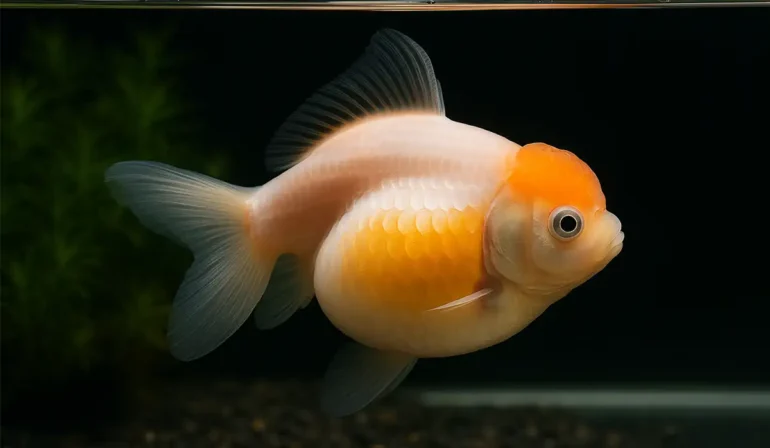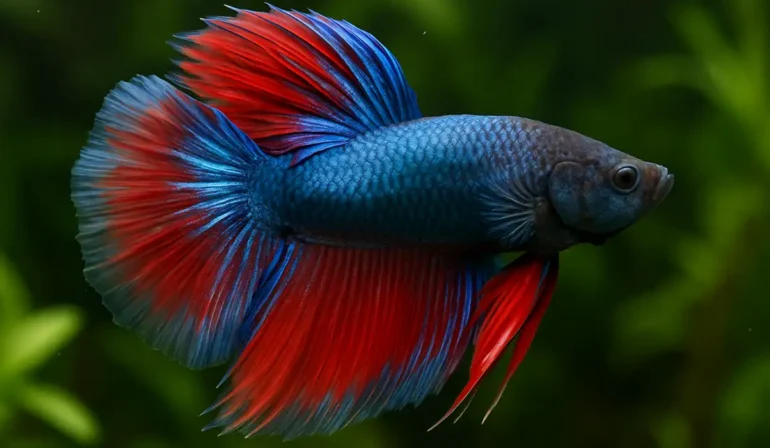Top 15 Low Maintenance Dogs Breed for Busy Lifestyles
By Pet Luvz on June 6, 2025

Owning a dog is one of the most fulfilling experiences in life—they offer unconditional love, companionship, and can even boost your mental and physical health. However, not everyone has the time or energy to care for a high-energy or high-grooming breed. That’s where low maintenance dogs come in. These breeds are ideal for individuals and families who lead busy lives, work long hours, or simply prefer a more laid-back pet experience.
The breeds of dogs that are being maintained are usually less care, require minimal movement, and are generally easier to train. They’re not only a great choice for first-time dog owners but also perfect for elderly people, apartment dwellers, or those who travel frequently. Despite their ease of care, these dogs still offer all the joy and emotional connection of more demanding breeds.
Whether you’re looking for a quiet lap dog or a relaxed walking buddy, there’s a low maintenance breed that can seamlessly fit into your lifestyle. In this article, we’ll guide you through the top 15 low-maintenance dog breeds and help you choose the one that’s right for you.
What Makes a Dog “Low Maintenance”?
When choosing a dog, it’s essential to understand that every breed comes with its own set of needs—some require lots of grooming, constant attention, and hours of exercise each day. However, low maintenance dogs are much easier to care for, making them ideal for people with limited time, space, or experience.
Read also: Why ‘Just Food for Dogs’ is Revolutionizing Pet Nutrition (And Why Your Dog Needs It)
Here are the key traits that define a low maintenance dog:
🐾 1. Low Grooming Needs
Low maintenance dogs usually have short coats that don’t require regular brushing, trimming, or professional grooming. Breeds with minimal shedding or hypoallergenic coats are especially convenient for busy owners. This also means less fur around the house and less time spent cleaning.
🐾 2. Moderate to Low Exercise Requirements
While all dogs need some physical activity, low maintenance breeds are typically content with short walks, play sessions, or indoor activities. Dog parks and intense training routines don’t require time. This is perfect for people who live in apartments or have mobility limitations.
🐾 3. Independent and Calm Temperament
Dogs that are naturally calm and independent tend to do better alone for longer periods. They are less likely to develop separation anxiety and don’t demand constant attention. This makes them well-suited for owners with full-time jobs or busy households.
🐾 4. Easy to Train or Well-Behaved by Nature
Many low maintenance breeds are eager to please or naturally obedient, which means less time spent on training. They understand basic commands quickly and don’t usually exhibit problematic behaviors like excessive barking or chewing.
🐾 5. Robust Health and Fewer Genetic Issues
Low maintenance dogs often belong to breeds that are hardy and less prone to hereditary health problems. This means fewer vet visits, lower medical costs, and more peace of mind for the owner.
🐾 6. Adaptability to Different Living Environments
A good low maintenance dog should be able to adapt easily to various living conditions—whether it’s a small apartment, a house with a yard, or a bustling city environment. Their easygoing nature allows them to adjust without becoming stressed or anxious.
These traits are ideal for first-time dog owners, older individuals, or anyone with a busy lifestyle who still wants the companionship of a furry friend.
Read More: Giant Alaskan Malamute: The Ultimate Guide to This Majestic Breed
1. French Bulldog
The French bulldog is one of the most popular breeds, especially for city residents. French is not an energetic dog and generally satisfied with its owner.
Why they’re low maintenance:
- A short coat that requires minimal brushing
- Rarely bark, making them ideal for close neighbors
- Don’t need much physical activity—short daily walks are enough
- Enjoy companionship, but don’t mind being left alone for a few hours
2. Chihuahua
Chihuahuas may be tiny, but their bold and loyal personalities make them great companions.
Why they’re low maintenance:
- A very small size means minimal feeding and space requirements
- Smooth-coated types require almost no grooming
- Thrive on human companionship and do well indoors
3. Dachshund
These long-bodied dogs are both clever and charming. While they can be a little stubborn during training, they’re incredibly loyal and don’t require much space or intense physical activity.
Why they’re low maintenance:
- Don’t need much exercise—short walks and playtime indoors work fine
- Grooming is simple for smooth-coated types (wirehaired and longhaired need a bit more)
- Adaptable to apartment life
4. Boston Terrier
The Boston Terrier is friendly, adaptable and low maintenance in all respects. They are small, clean, and have a naturally pleasant temperament, making them great for families or single owners.
Why they’re low maintenance:
- A short coat is easy to groom
- Generally well-behaved and easy to train
- Suitable for both city apartments and suburban homes
- Require only light exercise—daily walks and some playtime
5. Pug
Pugs are known for their humorous personality and love for people. While they can be a little stubborn, they’re incredibly affectionate and happy just being close to their human companions.
Why they’re low maintenance:
- Low activity levels—they’re not runners
- Smooth, short coat needs minimal grooming
- Thrive in apartment settings
- Please come out with children and other pets often
6. Cavalier King Charles Spaniel
These gentle and loving dogs are the definition of a lap dog. They enjoy being close to their family but are also independent enough to stay calm when alone.
Why they’re low maintenance:
- Despite longer hair, grooming is relatively easy with regular brushing
- Respond well to training and socialization
- Known for their sweet nature and adaptability
7. Basset Hound
The Basset Hound’s laid-back nature and adorable droopy face make it a favorite among those who want a relaxed companion. They enjoy lounging and don’t need much activity to stay happy.
Why they’re low maintenance:
- Calm, mellow temperament
- Moderate grooming—occasional brushing and ear cleaning
- Low energy; prefers naps over play
- Great with children and other dogs
8. Shih Tzu (with puppy cut)
While traditionally high-maintenance due to their long coats, a Shih Tzu kept in a short “puppy cut” becomes much easier to care for. Their loving personality and compact size make them ideal indoor pets.
Why they’re low maintenance (with a short haircut):
- Small size and calm demeanor
- Affectionate but independent enough to be alone
- Great for seniors or apartment living
- Grooming is quick with a short coat
9. Italian Greyhound
Elegant and affectionate, the Italian Greyhound loves to curl up with their owner. Though slightly more delicate than other breeds, they are incredibly low-maintenance in terms of grooming and exercise.
Why they’re low maintenance:
- Thin coat with almost no shedding
- Needs minimal grooming
- Low energy indoors, quick bursts of activity outdoors
- Sensitive and loyal, great for quiet homes
10. Greyhound
Despite being racing dogs, Greyhounds are incredibly relaxed at home. They are often referred to as “couch potatoes” and are one of the simplest large-scale races.
Why they’re low maintenance:
- Calm, gentle, and quiet temperament
- Short, sleek coat requires little brushing
- Minimal health issues compared to other breeds
- Perfect for people who want a large dog without high energy needs
11. Labrador Retriever
Labradors are America’s favorite breed for good reason—they are loyal, gentle, and easy to train. While puppies are full of energy, adult Labs settle down and become obedient, loving companions.
Why they’re low maintenance:
- Extremely trainable and friendly
- A short, weather-resistant coat is easy to groom
- Versatile—great with kids, adults, and seniors alike
- Moderate exercise needs (daily walks and fetch time)
12. Border Terrier
The border terriers are loving and wary, but not overly demanding. They were originally bred for hunting, but are very manageable and eager to please.
Why they’re low maintenance:
- Rough coat requires brushing, but doesn’t shed much
- Small and portable, but sturdy
- Energetic but not hyperactive—play sessions or short walks are ideal
- Intelligent and quick to learn
13. Miniature Pinscher
Also known as the “King of Toys,” the Miniature Pinscher is spirited and full of personality. Despite their bold nature, they’re surprisingly low maintenance and thrive with minimal care.
Why they’re low maintenance:
- Short coat means no grooming headaches
- Compact and active, yet needs minimal exercise
- Loyal and alert without being overly clingy
- Doesn’t drool or shed heavily
14. Whippet
They love running in short bursts but are most happy curled up on the couch afterward.
Why they’re low maintenance:
- Gentle, quiet, and affectionate
- Low grooming—smooth, short coat
- Moderate exercise—short walks or sprints in a secure area
- Rarely bark or misbehave indoors
15. Papillon
Papillons may look like high-maintenance dogs due to their fringed ears, but they’re anything but. These small, smart dogs are easy to train and require surprisingly little effort.
Why they’re low maintenance:
- Friendly and playful, yet calm indoors
- Very intelligent and fast learners
- Light shedding with minimal grooming
- Do well in apartments and small homes
Read More: Black Golden Retriever: Everything You Need to Know About This Rare Beauty
Final Thoughts: Choosing the Right Low Maintenance Dog
Before adopting any pet, consider your living situation, time commitment, and lifestyle. While all these breeds are generally low maintenance, every dog is unique. Regular vet visits, basic grooming, and a proper diet are still essential for a happy, healthy life.
Low maintenance dogs make pet ownership accessible and enjoyable, even for people with limited time. Whether you live in a small apartment or just want a companion that doesn’t require constant attention, there’s a perfect low maintenance breed waiting to become your new best friend.
🐶 Frequently Asked Questions (FAQs) About Low Maintenance Dogs
2. Are low maintenance dogs good for first-time dog owners?
Yes! Low maintenance dogs are ideal for first-time owners because they are typically easy to groom, train, and care for. Breeds like the Cavalier King Charles Spaniel and Pug are especially friendly and adaptable.
3. Do low maintenance dogs still need exercise?
Absolutely. While they require less physical activity than high-energy breeds, all dogs need some form of daily exercise to stay healthy and happy.
4. Are low maintenance dogs okay to be left alone?
Many low maintenance breeds are independent and cope well with being alone for a few hours, especially if they have toys or mental stimulation.
5. Do low maintenance dogs bark a lot?
Most low maintenance breeds are not excessive barkers. Breeds like the French Bulldog, Whippet, and Greyhound are known for being quiet and laid-back. Still, individual behavior may vary, and training can help reduce unwanted barking.
6. Are there large low maintenance dog breeds?
Yes! Greyhounds and Labrador Retrievers are examples of larger dogs that are low maintenance. Despite their size, they are calm indoors and relatively easy to care for compared to other large breeds.
7. Can I find a low maintenance dog that’s hypoallergenic?
Some low maintenance breeds are also considered hypoallergenic, such as the Italian Greyhound or Shih Tzu (with proper grooming). While no dog is 100% hypoallergenic, these breeds tend to produce fewer allergens.
8. What should I feed a low maintenance dog?
Low maintenance doesn’t mean low-quality care. Feed your dog a balanced, vet-recommended diet appropriate for their breed, size, and age. Regular vet checkups ensure your dog stays healthy with minimal effort.
YOU MAY ALSO LIKE
Top Pick
-

African Grey Parrot: A Smart, Loving, and Talkative Companion
July 22, 2025
-

5 Best Canister Filters for Crystal Clear Water in Your Pet Fish Tank
July 8, 2025
-

Is Pumpkin Good for Cats? Everything You Need to Know
July 5, 2025
-

Swim Bladder Treatment: Solutions for Aquarium Fish Health
July 3, 2025
-

7 Fascinating Betta Fish Facts Every Owner Should Know
July 2, 2025
